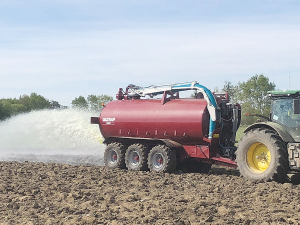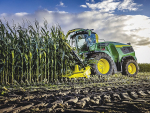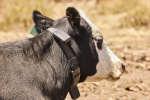With last year’s spike in the cost of artificial nitrogenous fertilisers, there has been a renewed interest in using dairy effluent as a nutrient source, with additional benefits gained by increasing soil organic matter, leading to improved water holding, aeration and drainage.
Research suggests that 100 cows, milked over a 270-day season will produce a volume of effluent equivalent to 590kg of nitrogen, 70kg of phosphorous and 540kg of potassium, meaning that well utilised material can help reduce the dependence on bought-in products.
Otorohanga-based Giltrap Engineering offers a range of slurry tankers with capacities from 5000 to 20,000 litres, running on tandem or triple axle layouts depending on size, with corresponding axles sized from 60 to 130mm and, dependent on specification, utilising 10-stud commercial wheel equipment.
Tank diameters vary depending on capacity, but all feature high-grade rolled steel of 6mm wall thickness, or 8mm in the case of the largest unit, with domed end panels to create integrity.
The vessel is carried on an integrated heavyduty chassis and drawbar assembly, with a large range of options to suit individual situations.
These include braking systems, various tyres, sprung/steering axles, suspended drawbars or mudguards. For those looking for proof of placement information, options include flow pumps and GPS coverage maps accessed through an easy to use touch-screen system.
The heart of the machine centres around a high-end Battioni-Pagani rotary vane vacuum pump with capacities of 6500 to 12,000 litres per minute, depending on model.
The vacuum/pressure system is protected by a double moisture trap, with relief valves in each circuit, with a sight glass to monitor filing, while the use of brass and galvanised fittings throughout gives effective corrosion protection.
Separate filling points allow the machines to operate in situations where there might be access issues, with the option of an Auto-Fill set up allows users to fill the tank without leaving the tractor seat, helping to promote cleanliness and more importantly, safety.
Detail design sees inspection hatches on the side and top of the tank for easy access for maintenance or cleaning, while up to three integral tank baffles prevents “surge” as the tank empties or fills. Machines are supplied with 150 or 200mm lightweight, sectional filling hoses, in lengths of up to 8 metres. A high-quality paint finish externally, with an epoxy paint coating inside the tank, should help the machine look good over an extended working life.











